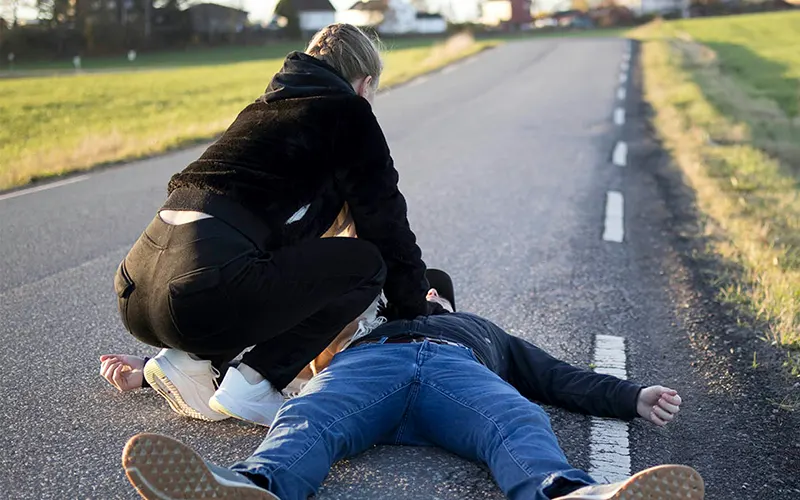Cardiopulmonary resuscitation (CPR) is a life-saving technique that can make all the difference in an emergency situation. However, performing CPR incorrectly can be just as dangerous as not performing it at all. Here are the top five mistakes to avoid when performing CPR:
- Failing to Call for Help: CPR is just one part of the emergency response process. When someone goes into cardiac arrest, it’s essential to call for professional help as soon as possible. Before performing CPR, ensure that emergency services have been notified and are on their way.
- Incorrect Hand Placement: Correct hand placement is essential for effective CPR. The heel of one hand should be placed in the center of the victim’s chest, with the other hand placed on top. Avoid placing your hands too high or too low on the chest.
- Inadequate Chest Compression: Chest compressions are the most critical part of CPR. It’s crucial to compress the chest deeply enough to circulate blood to the vital organs. Aim for a compression depth of at least two inches, at a rate of 100 to 120 compressions per minute.
- Failing to Tilt the Head Back: When performing rescue breathing, it’s essential to tilt the head back to open the airway fully. Failing to do so can lead to inadequate airflow and make the rescue breathing ineffective.
- Stopping CPR Too Soon: In an emergency situation, it’s easy to become tired or overwhelmed, but stopping CPR too soon can be deadly. Continue performing CPR until professional help arrives or the person shows signs of consciousness.
In conclusion, CPR is a life-saving technique that can make a significant difference in an emergency situation. However, it’s important to perform CPR correctly to avoid causing further harm. Avoiding these top five mistakes can increase the chances of successful resuscitation and save lives. It’s essential to take the time to learn CPR correctly and seek professional training if necessary. By doing so, you can be better prepared to respond in an emergency and potentially save a life.

